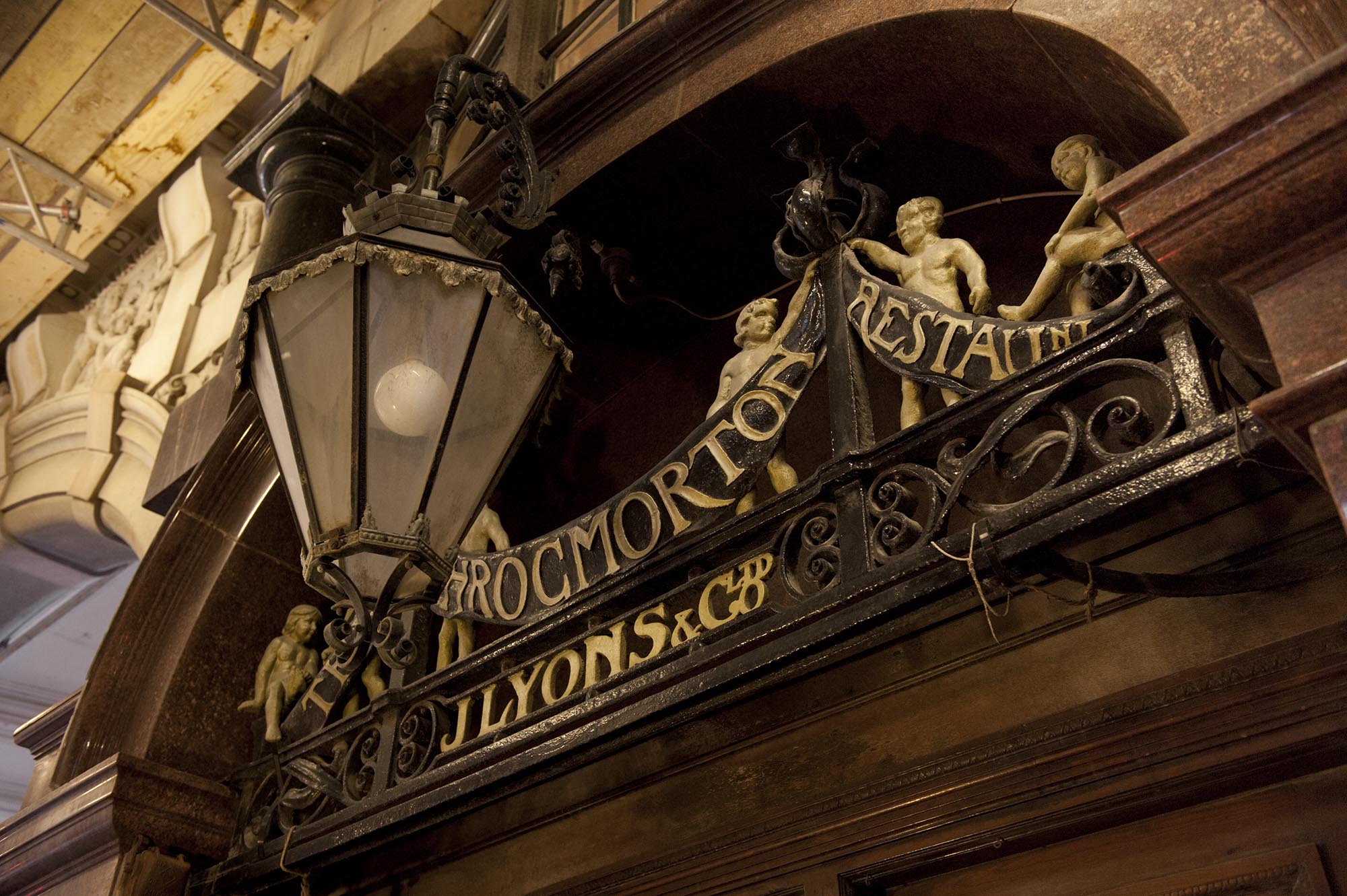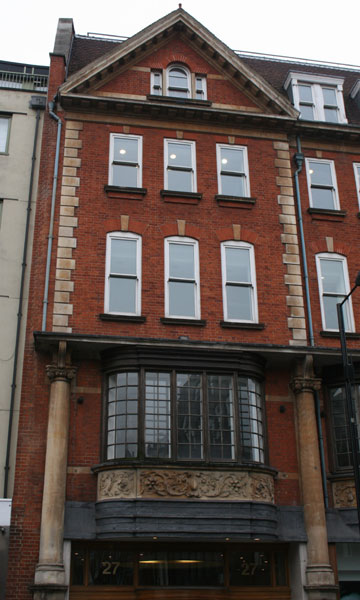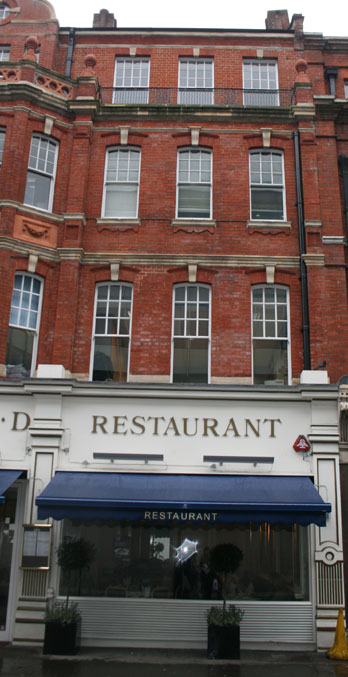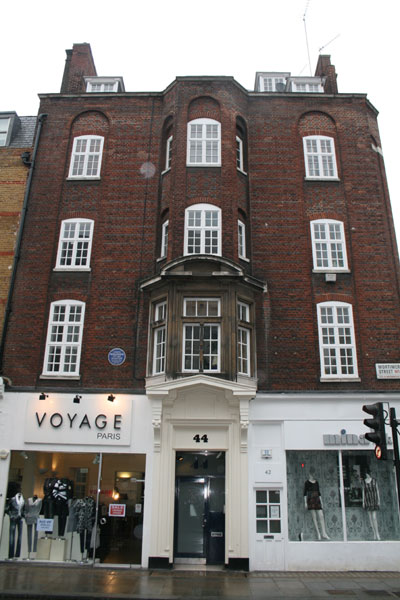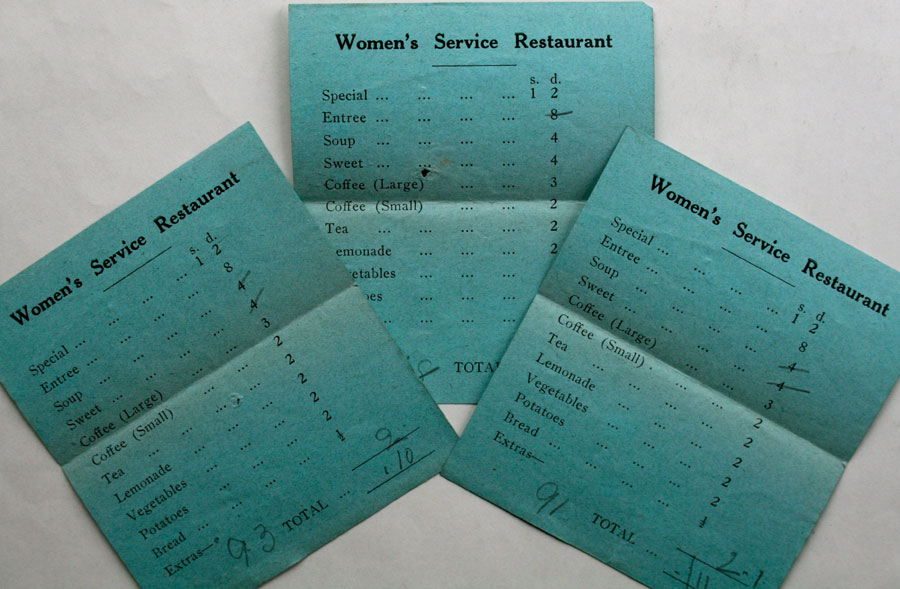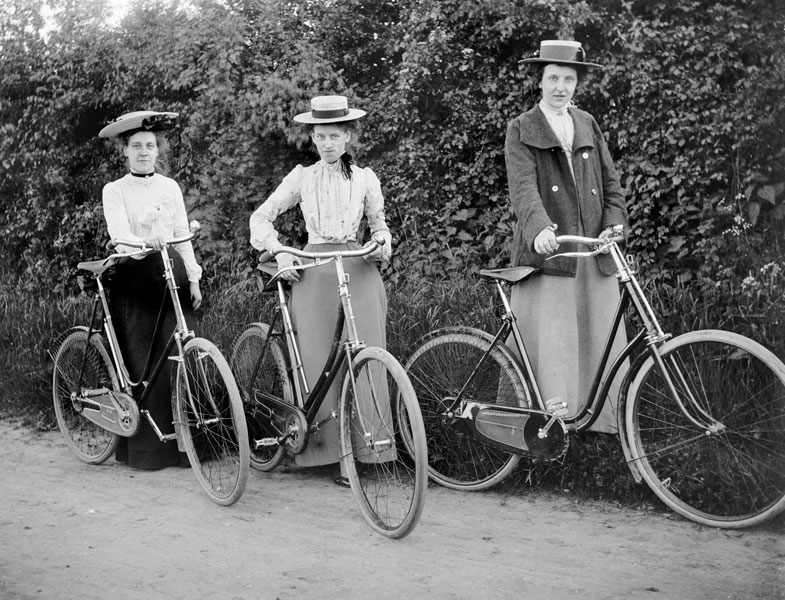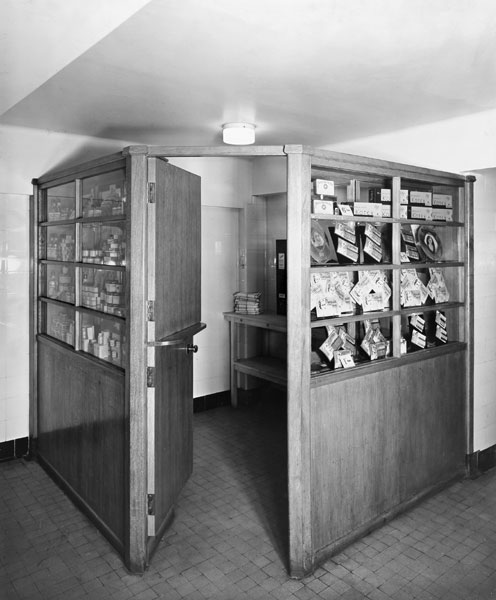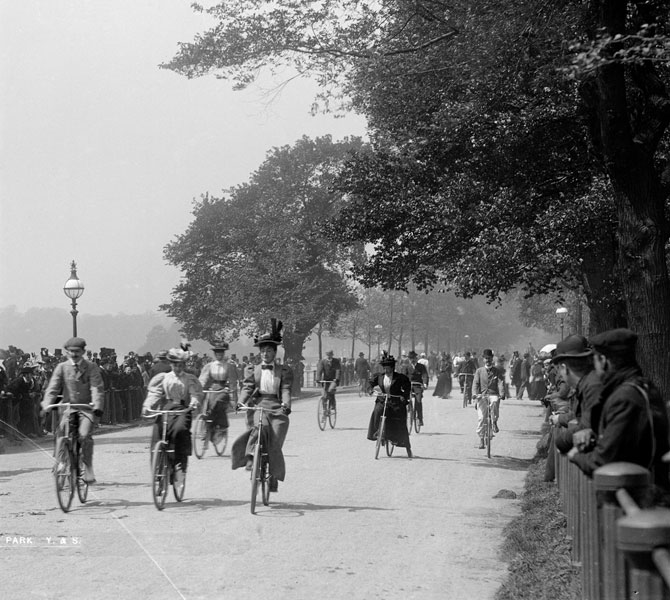Personal Freedom and Public Space
In the late 19th century, middle and upper class women were moving out of the home into public space. Shopping in the new department stores (see The Fashion for Shopping) also promoted independence.
New public transport carried women into the heart of London, escaping the restrictions of home. But where did 'respectable' women see to personal needs and eat? In a society where any reference to women's bodies was thought to be improper, providing public 'conveniences' was regarded as an outrage. However, the Ladies' Lavatory Company opened its first, near Oxford Circus, in 1884.
When William Whitely applied for a licence to open a restaurant in his Bayswater store in the late 1870s the local magistrate refused on the grounds of its potential for immoral 'assignations'.
Gradually conventions loosened and by 1893 Derry and Toms, Kensington High Street, London W8 provided a lavish tearoom, echoing the comfort of home, to keep women in the store to spend more money.
Harrods provided the early 1900s Ladies' Club decorated with silk, marble, stained glass, and Indian carpets. From 1921, a fully staffed nursery would care for customers' children.
At a more modest level, suffragist Margery Corbett Ashby (1882-1981) maintained that the ABC (Aerated Bread Company) Teashops in London were 'an enormous move to freedom', providing cheap meals with female staff enabling 'respectable' women to use them.
The first Teashop opened in 1884 and there were over 50 shops by 1890. These were followed by the Lyons restaurants from 1894.
Why did women need these places when they all had comfortable homes, demanded the newspapers? The changing lifestyle of working women, now living in single rooms rather than family homes, meant that they required public facilities especially designed for women.
Barred from men's clubs, women's societies started their own network. The University Women's Club, 2 Audley Square, London W1, was founded in 1883 by a Girton student and is still in existence. Originally on the second and third floors of 31 New Bond Street, London W1 it provided a dining room, dressing room, drawing room, and library.
From 1898 for shop and office workers on Sundays there was the Camelot Club at 29 Queen Square, London WC1. By the 1920s there were clubs all over the country to suit every need, such as the 1914 Howard Street Club, Sheffield for the relaxation of women workers in the silver and cutlery trades.
As the New Woman's needs were recognised, women's businesses flourished. Concentrated in Mortimer Street in London's West End in the 1880s were Hamilton & Co. (No. 27), the first supplier of the Rational Dress Society's divided skirt costume whilst Miss Franks (No.23) sold the 'Girton' stays, designed by Girton and Newnham students. There were also clubs, including the Somerville Club (No.21), and restaurants.
The Welbeck Restaurant (No.44) provided 'good, cheap food' for working class girls, while one of the chain of Dorothy Restaurants (No.81) run by women for women, opened until 10pm with good food in secure surroundings.
Visible in Stone - Personal Freedom
Please click on the gallery images to enlarge.

